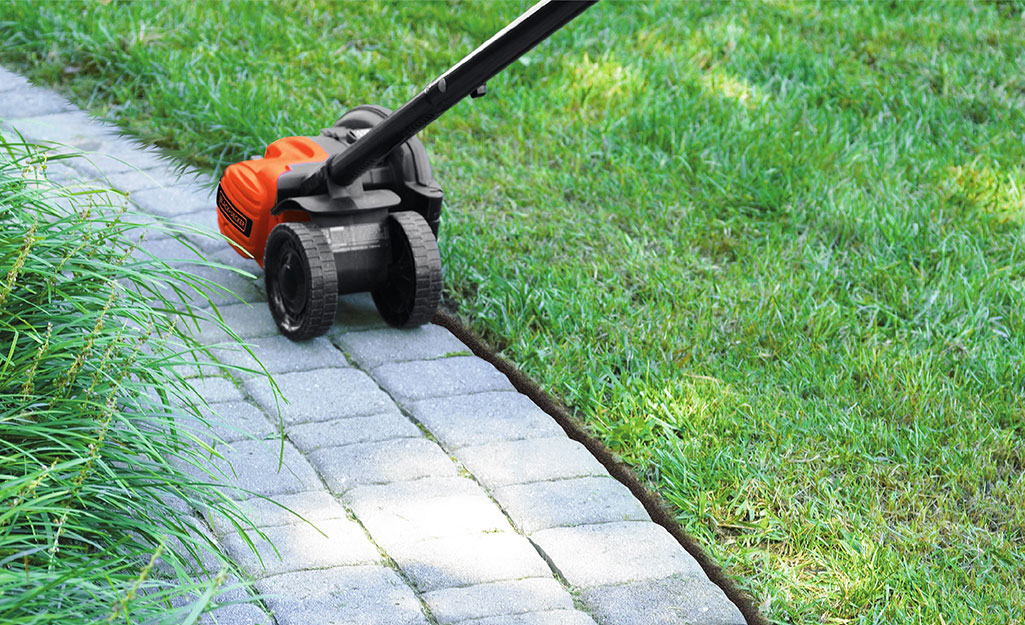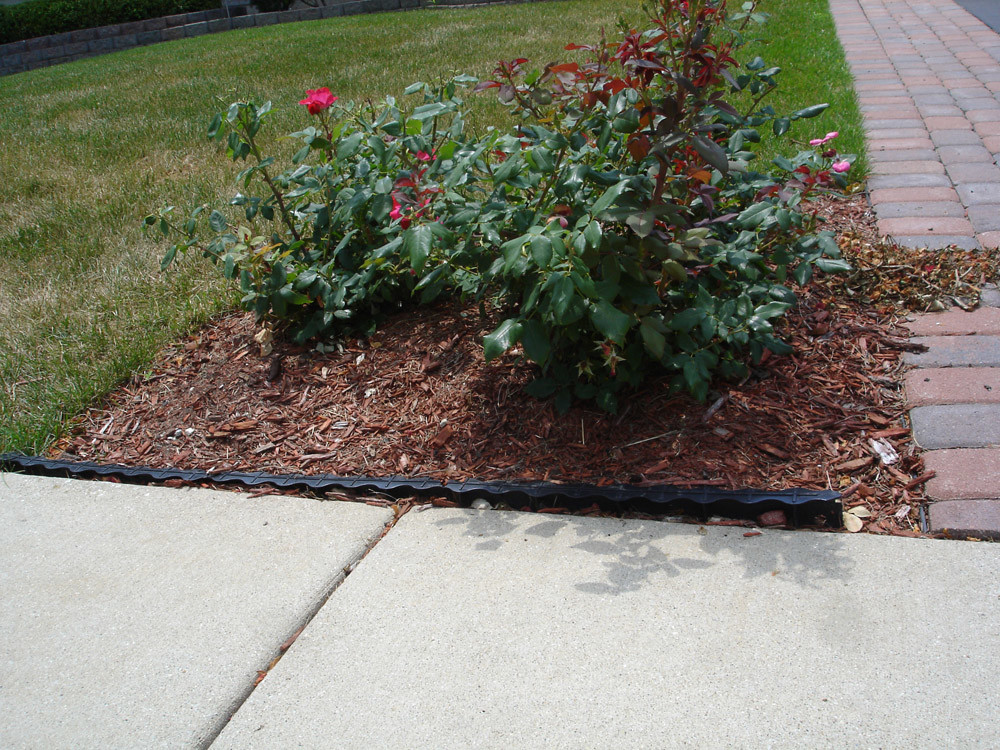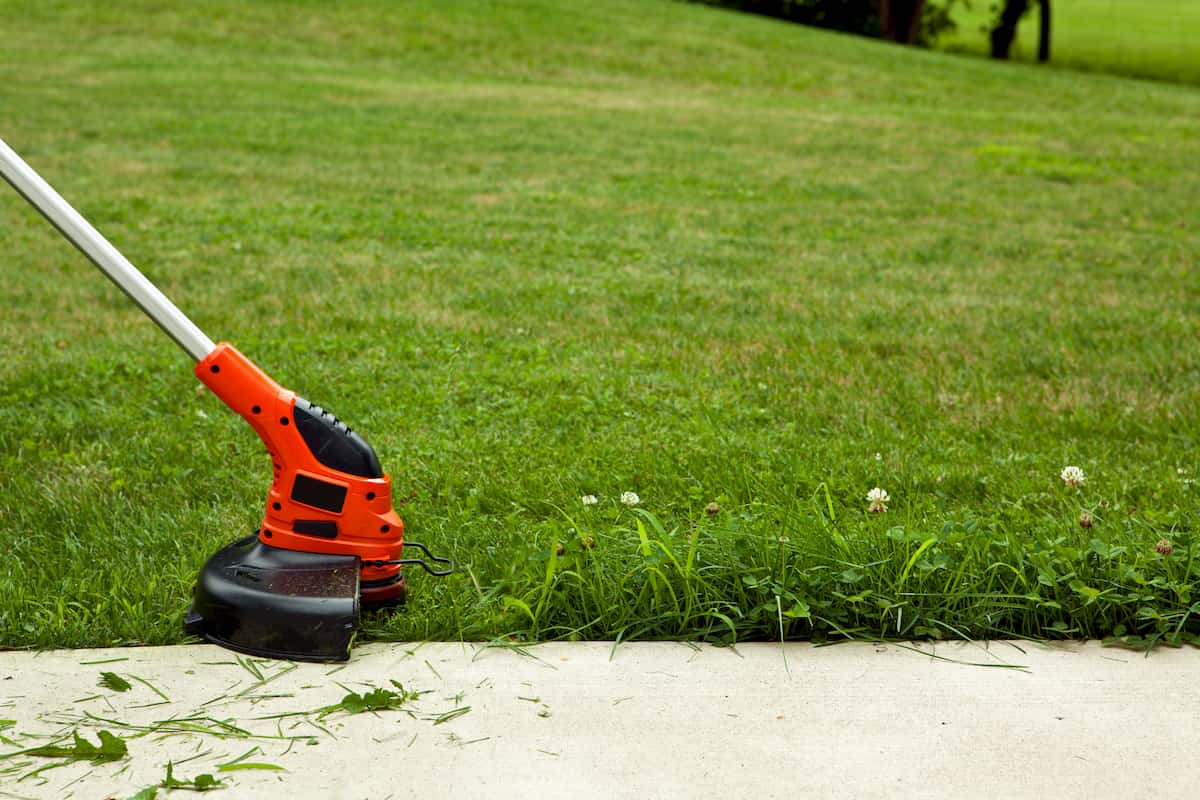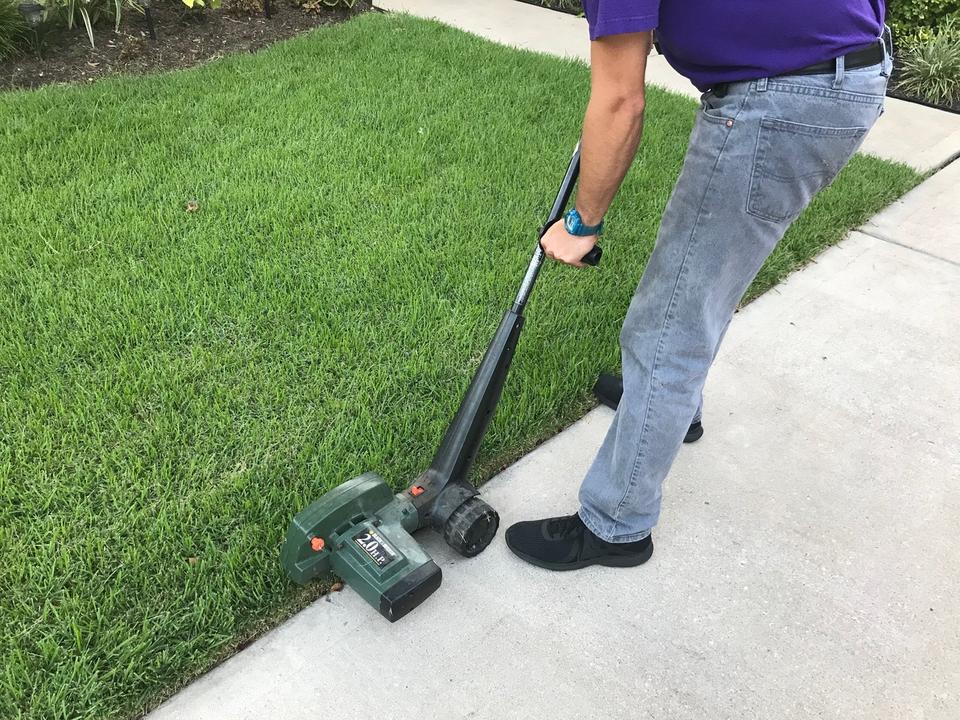The Importance of Well-Manicured Lawn Edges
When it comes to lawn care, one of the most crucial aspects is learning how to do lawn edges effectively. A well-manicured lawn edge can elevate the overall appearance of your outdoor space, making it look neat, tidy, and inviting. Not only does it add to the aesthetic appeal, but it also has several functional benefits. For instance, a clean edge can help to define the boundaries of your lawn, creating a clear distinction between the grass and surrounding features like gardens, paths, or driveways. This, in turn, can improve curb appeal, increase property value, and even make lawn maintenance easier. By investing time and effort into creating a well-manicured lawn edge, you can enjoy a beautiful and functional outdoor space that enhances your overall quality of life.
Choosing the Right Tools for the Job
When it comes to learning how to do lawn edges effectively, having the right tools is crucial. With so many options available, it can be overwhelming to choose the best tool for your lawn type and size. There are three main types of lawn edging tools: manual, gas-powered, and electric edgers. Manual edgers are ideal for small lawns and are a cost-effective option. Gas-powered edgers are more powerful and suitable for larger lawns, while electric edgers offer a convenient and environmentally friendly option. When selecting a tool, consider the size of your lawn, the type of vegetation, and your personal comfort level with noise and maintenance. Additionally, look for features such as adjustable handles, ergonomic grips, and protective guards to ensure a comfortable and safe edging experience. By choosing the right tool, you’ll be well on your way to achieving a professional-looking lawn edge.
Preparing Your Lawn for Edging
Before learning how to do lawn edges, it’s essential to prepare your lawn for edging. A well-prepared lawn ensures a clean and even edge, making the edging process more efficient and effective. Start by mowing your lawn to the recommended height for your grass type. This will help you achieve a more precise edge and prevent any unevenness. Next, trim any overhanging branches or vegetation that may be obstructing your edging path. Remove any debris, such as rocks, twigs, or leaves, that could interfere with your edging tool or create an uneven edge. Finally, inspect your lawn for any hidden obstacles, such as underground pipes or cables, and mark them accordingly to avoid damaging them during the edging process. By following these steps, you’ll be able to achieve a professional-looking edge that enhances the overall appearance of your lawn.
Techniques for Achieving a Professional-Looking Edge
Mastering the art of lawn edging requires a combination of skill, patience, and practice. To achieve a professional-looking edge, follow these step-by-step instructions on how to do lawn edges like a pro. First, start by creating a straight edge by using a string or a guide to mark the boundary of your lawn. Next, use your edging tool to create a clean, defined edge, maintaining a consistent depth and angle. When curving around obstacles, such as trees or gardens, use a gentle, sweeping motion to create a smooth, flowing edge. To maintain a consistent depth, use a measuring tape or a depth gauge to ensure your edge is even and level. Additionally, use a edging guide or a template to create intricate patterns and designs, adding a touch of elegance to your lawn. By following these techniques, you’ll be able to achieve a professional-looking edge that enhances the overall appearance of your lawn and increases its curb appeal.
Common Mistakes to Avoid When Edging Your Lawn
When it comes to learning how to do lawn edges, it’s just as important to know what not to do as it is to know the right techniques. Avoiding common mistakes can save you time, effort, and frustration, and ensure a professional-looking edge. One of the most common mistakes homeowners make is creating uneven edges, which can be avoided by using a string or guide to mark the boundary of your lawn. Another mistake is scalping, which occurs when the edger is set too low and cuts into the soil, damaging the grass and creating an uneven surface. To avoid scalping, adjust the edger to the recommended height for your grass type and maintain a consistent depth. Damaging plants and flowers is also a common mistake, which can be avoided by carefully edging around obstacles and using a protective barrier to prevent damage. Additionally, failing to maintain a consistent edge depth and angle can lead to an uneven and unprofessional-looking edge. By being aware of these common mistakes and taking steps to avoid them, you can achieve a beautiful, well-manicured lawn edge that enhances the overall appearance of your lawn.
Edging for Different Lawn Types and Conditions
When it comes to learning how to do lawn edges, it’s essential to consider the unique challenges and considerations of different lawn types and conditions. For example, sloping lawns require special attention to ensure that the edge is even and level, and that the soil is not eroded. To edge a sloping lawn, use a edging tool with a adjustable angle, and work from the bottom of the slope upwards to maintain control. Lawns with obstacles, such as trees, gardens, or playground equipment, require careful planning and execution to ensure a smooth, curved edge. Use a string or guide to mark the boundary of your lawn, and use a edging tool with a curved or angled blade to navigate around obstacles. Lawns with dense vegetation, such as thick grass or weeds, require a more aggressive edging approach to cut through the dense growth. Use a gas-powered or electric edger with a heavy-duty blade, and work in small sections to maintain control. Additionally, lawns with tight spaces or narrow borders require a more precise edging approach, using a manual or electric edger with a narrow blade. By understanding the unique challenges and considerations of different lawn types and conditions, you can adapt your edging technique to achieve a professional-looking edge that enhances the overall appearance of your lawn.
Maintenance and Upkeep: Keeping Your Edges Looking Their Best
To keep your lawn edges looking their best, regular maintenance and upkeep are essential. One of the most important tasks is regular trimming, which should be done every 4-6 weeks to maintain a clean and even edge. Use a string trimmer or edger to tidy up any stray grass or weeds, and to keep the edge defined. Pruning is also crucial, especially around trees, gardens, and other obstacles. Use pruning shears or loppers to remove any dead or damaged branches, and to maintain a neat and tidy appearance. Fertilizing is another key aspect of lawn edge maintenance, as it helps to promote healthy growth and prevent weeds. Use a balanced fertilizer that is specifically formulated for your lawn type, and apply it according to the manufacturer’s instructions. Additionally, consider incorporating a lawn edge care routine into your regular lawn maintenance schedule, which can include tasks such as edging, trimming, and pruning. By following these tips and tricks, you can keep your lawn edges looking their best, and enhance the overall appearance of your lawn. Remember, learning how to do lawn edges is not a one-time task, but rather an ongoing process that requires regular maintenance and upkeep to achieve professional-looking results.
Tips and Tricks for Edging Like a Pro
When it comes to learning how to do lawn edges, there are several tips and tricks that can help you achieve professional-looking results. One of the most effective techniques is to use an edging guide, which can help you create a straight and even edge. You can also create a pattern with your edging, such as a decorative border or a curved design, to add visual interest to your lawn. Additionally, incorporating decorative elements, such as plants, stones, or mulch, can help to enhance the overall appearance of your lawn edges. Another tip is to edge your lawn in sections, working from one end of the lawn to the other, to maintain a consistent look. It’s also important to keep your edging tool sharp and well-maintained, as a dull blade can lead to uneven edges and a poor finish. By following these tips and tricks, you can take your lawn edging skills to the next level and achieve a professional-looking finish that will enhance the overall appearance of your lawn. Remember, learning how to do lawn edges is a skill that takes practice and patience, but with the right techniques and tools, you can achieve amazing results.







